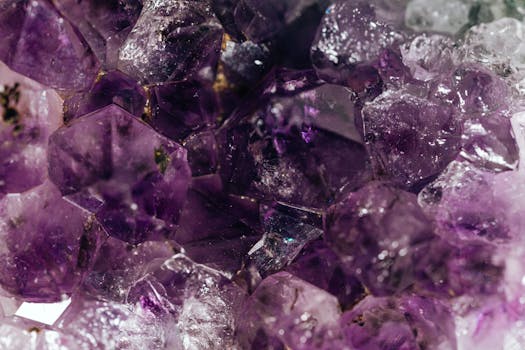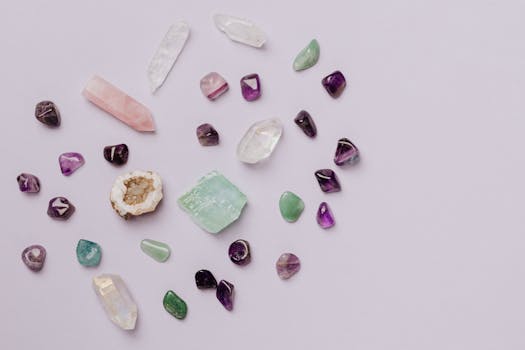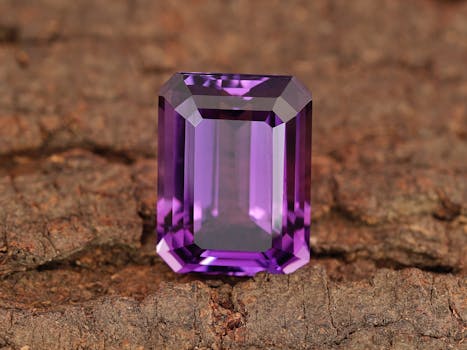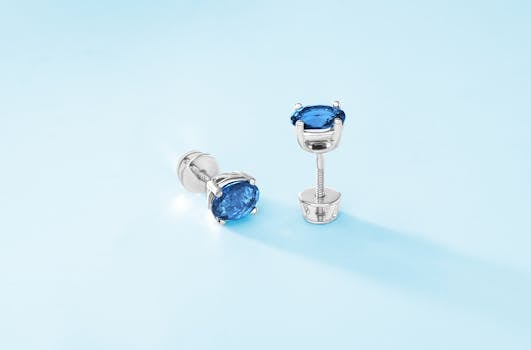
The Fascinating History of Birthstone Jewelry
Birthstone jewelry has captivated people for centuries, serving as a personal and meaningful accessory. Each month is represented by a specific gemstone, believed to hold unique properties and significance. In this article, we will delve into the history of birthstone jewelry, exploring its origins, cultural significance, and evolution through the ages.
Table of Contents
- Ancient Origins of Birthstones
- Cultural Significance Through the Ages
- Modern Trends in Birthstone Jewelry
- Conclusion
Ancient Origins of Birthstones


These stones were believed to have protective qualities and were also thought to bring good fortune. The ancient Romans and Greeks further developed the idea, associating each stone with the zodiac signs and planetary influences. This practice laid the groundwork for the modern birthstone system we recognize today.
Cultural Significance Through the Ages

In medieval Europe, birthstones became popular as talismans. People wore them to ward off evil and attract good luck. This period saw the establishment of the twelve-month birthstone calendar, which was formalized by the American National Retail Jewelers Association in 1912. This calendar assigned a specific gemstone to each month, making it easier for people to choose birthstone jewelry as gifts for loved ones.
Modern Trends in Birthstone Jewelry

Customization has also become a significant trend in birthstone jewelry. Many jewelers now offer the option to create personalized pieces that incorporate multiple birthstones, allowing individuals to represent family members or loved ones in a single piece of jewelry. This trend enhances the sentimental value of birthstone jewelry, making it a cherished gift for special occasions.
Conclusion





